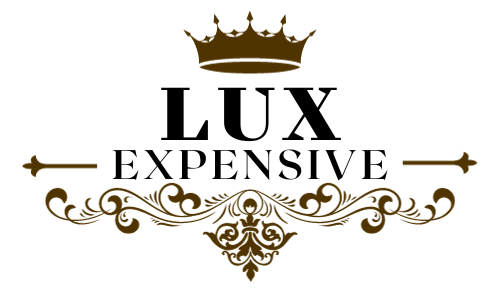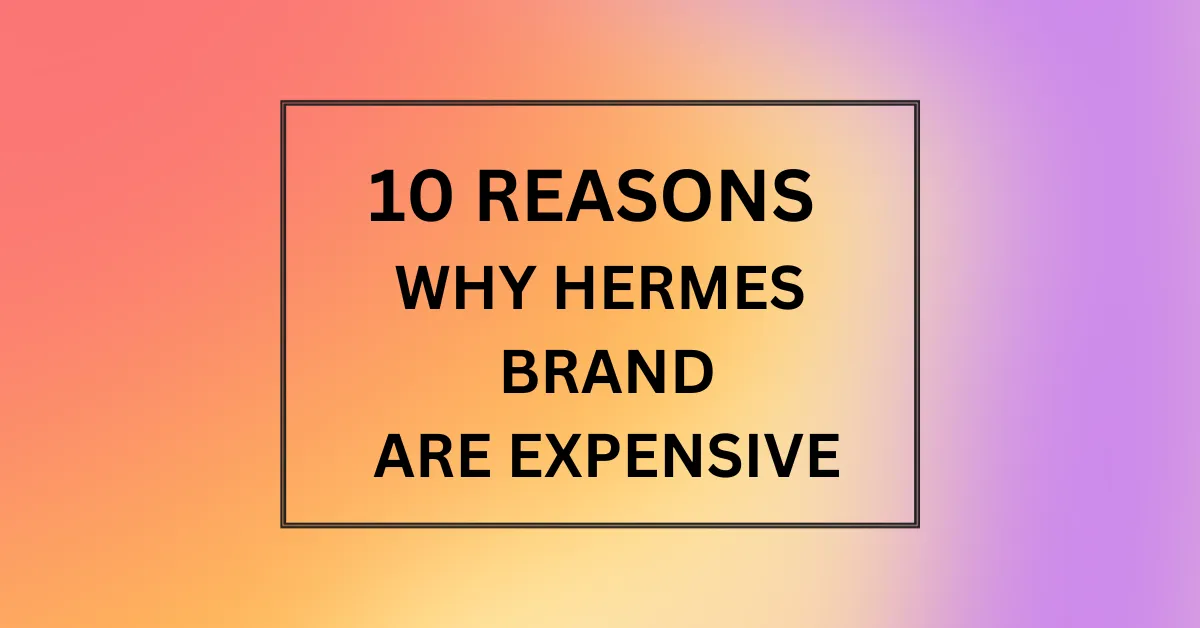Hermes products are extraordinarily expensive because the brand uses the most exceptional and rarest materials, relies on meticulous handcraftsmanship requiring immense time and mastery, and intentionally limits production quantity to maintain an aura of exclusivity amongst the wealthy clientele they target.
Hermes is known around the world for its exclusive and luxurious goods, especially its iconic Birkin and Kelly handbags. But with price tags often well into the tens of thousands of dollars, many people wonder – why are Hermes products so expensive?
The French fashion house meticulously handcrafts its leather accessories and clothing at its workshops in France using premium materials and time-honored techniques. The brand also maintains an aura of exclusivity and prestige through limited production runs. Let’s explore the top 10 reasons why you have to pay a premium for the Hermes stamp.
Top 10 Reasons Why is Hermes So Expensive
1. Rare, High-Quality Materials
Hermes sources exceptionally rare, top-grade leathers like alligator, ostrich, and calfskin to ensure each product meets their high standards of quality.
Their leathers come from all corners of the world – the finest alligator from farms in the Southern United States, lambskin from New Zealand, calfskin from France. With restricted supply and high demand, these materials command sky-high prices before craftsmanship even enters the equation.
2. Meticulous Hand-Craftsmanship
Skilled Hermes artisans hand-stitch and finish each product one-by-one in sophisticated ateliers to meticulous specifications. It can take up to 25 hours for an artisan to stitch one of their famous Birkin bags!
With production output per worker severely limited compared to machine-based manufacturing, Hermes has to charge a premium to account for intensive man-hours in salaries to the craftspeople. Their craftsmanship is the real deal.
3. Hourglass Production Strategy
The exclusivity of Hermes products stems from production scarcity and their deliberate hourglass production strategy. There are no assembly lines churning out mass quantities of products. Each item is created start-to-finish by one artisan.
Hermes intentionally limits availability of most product lines well below market demand, with multi-year waitlists common for Birkin bags. By making customers wait for products, perceived value and luxury status dramatically inflates.
4. Cost of Running Workshops in France
Unlike other design houses shifting manufacturing abroad to cut costs, Hermes produces over 70% of its goods in ateliers across France. While this allows quality control, the labor and operational costs incurred are immense compared to overseas production.
Rental, utilities and compliance to labor codes and safety standards drive overhead costs up. Maintaining workshops with old-world craft aesthetic also contributes to retail pricing. The Made in France label commands the premium.
5. Investment in Innovation & Craft Preservation
Hermes invests significants sums into developing new luxury products and preserving rare craft techniques from extinction. Innovation doesn’t come cheap. As the Guardians of Craftsmanship and Heritage.
They are committed to passing centuries-old European artisanal skills like leatherworking, silk screen-printing, gold engraving and crystal making to new generations before they vanish completely. The R&D and specialized training costs trickles down into pricing. But their clients are paying for pieces of history.
6. Family Ownership & Self-Sufficient Structure
Unlike other LVMH and Kering brands, Hermes remains mostly family-owned, removing shareholder pressures of chasing profits. The heirs of founder Thierry Hermes run the company responsibly, avoiding mass production and embracing craftsmanship that maintains brand heritage.
Hermes spurns mass marketing too. This self-sufficient structure free from investor short-termism gives them freedom to focus on quality over cutting costs. But it means less scale efficiencies, higher operating costs get reflected in pricing.
7. Targeting Wealthy Clients
Hermes embraces an elitist approach targeting overwhelmingly affluent demographics who have the capital to afford such fineries, further elevating brand prestige. The astronomical prices exclude non ultra-high net worth individuals.
Hermes can price Birkin bags between US$10,000 to $200,000+ precisely because their intended demographic remains unaffected by price elasticity concerns. When your clientele have unlimited discretionary expenditure capacity, you can charge whatever you desire!
8. Luxury Retail Environment
The glossy, opulent and intimate retail setting of Hermes stores are designed to match their aura of luxury exclusivity. Each store showcases products like precious works of art. The real estate, furnishings, retail concepts and comprehensive customer service add tremendously to operating costs.
This overhead is incorporated into pricing. Additionally, customer experiences spending lavishly in well-appointed Hermes stores stimulates perception of worth and desire translating to willingness to pay higher prices. The retail ambiance justifies the luxury price tags.
9. Limited Distribution Strategy
Birkins and other leather goods make up 80% of Hermes’ billion-dollar valuation. Yet they choose to distribute products through only 315 locations worldwide. Paris alone has just four stores!
By limiting accessibility to purchases instead of saturating malls globally, the desirability of owning rare Hermes products makes demand outstrip supply, which then drives prices upwards. Limited distribution channels and capped production are part of the DNA of giving Hermes its ivory tower identity amongst luxury brands.
10. Made-To-Order Motif
The made-to-order offering for some product categories like their bespoke suiting allows a level of personal customization making pieces one-of-a-kind. Each made-to-order item involves one artisan handcrafting something specially for an individual client from start to finish.
The one-to-one nature of made-to-order items also means more labor intensity and higher costs which get transferred to the ordering client. But the trade-off permits them to own something truly unique bearing the Hermes stamp.
Is Hermes a good brand?
Yes, Hermes is considered one of the top luxury fashion brands in the world, known for exceptional craftsmanship and premium quality leather goods and accessories that are made to last.
Are Hermes goods good?
Hermes goods utilize fine and rare materials combined with immaculate hand-crafted construction, so their products deliver outstanding durability and evolve beautifully over years of use, justifying the steep investment.
Are Hermes items worth the price?
Given the unparalleled artisanal quality, sourcing of rare premium materials, and the brand’s aura of exclusivity, most luxury enthusiasts deem Hermes products worthwhile long-term investments in craftsmanship heritage.
Where to buy Hermes products?
Hermes products are available in a limited number of company boutiques in select premier shopping districts globally, as well as upscale department stores like Neiman Marcus and Saks Fifth Avenue that are authorized resellers.

